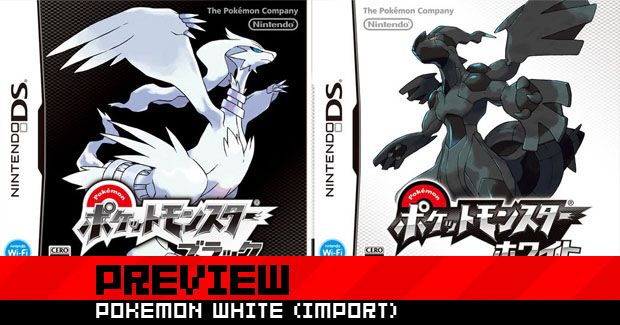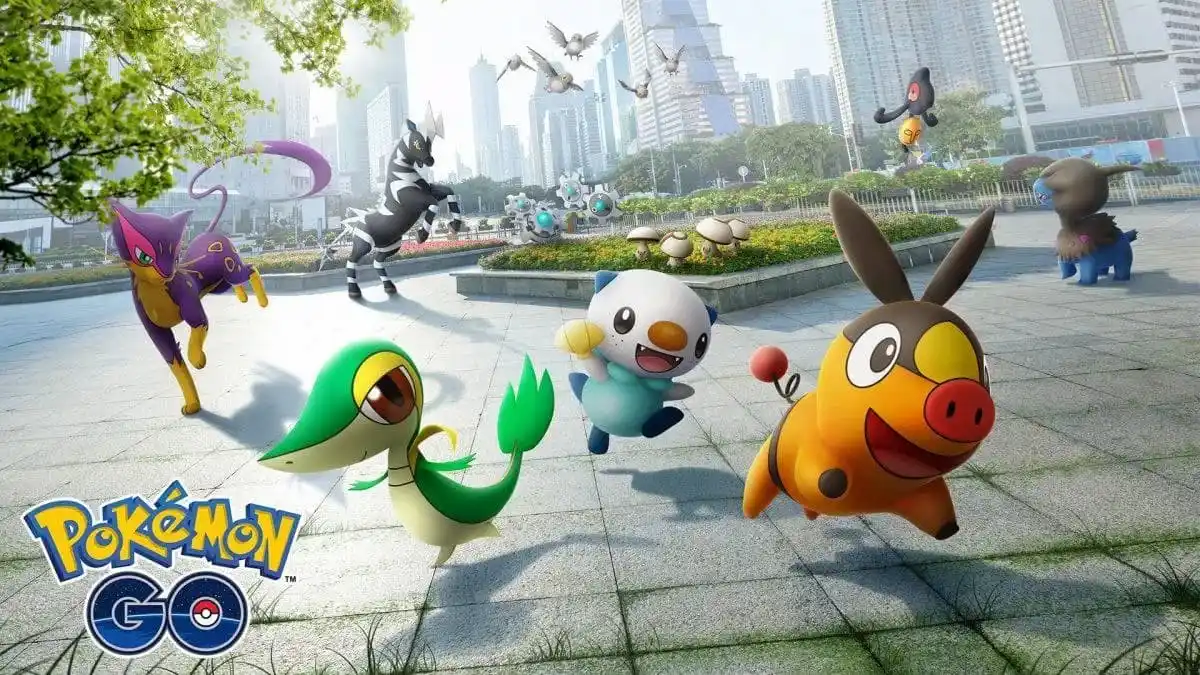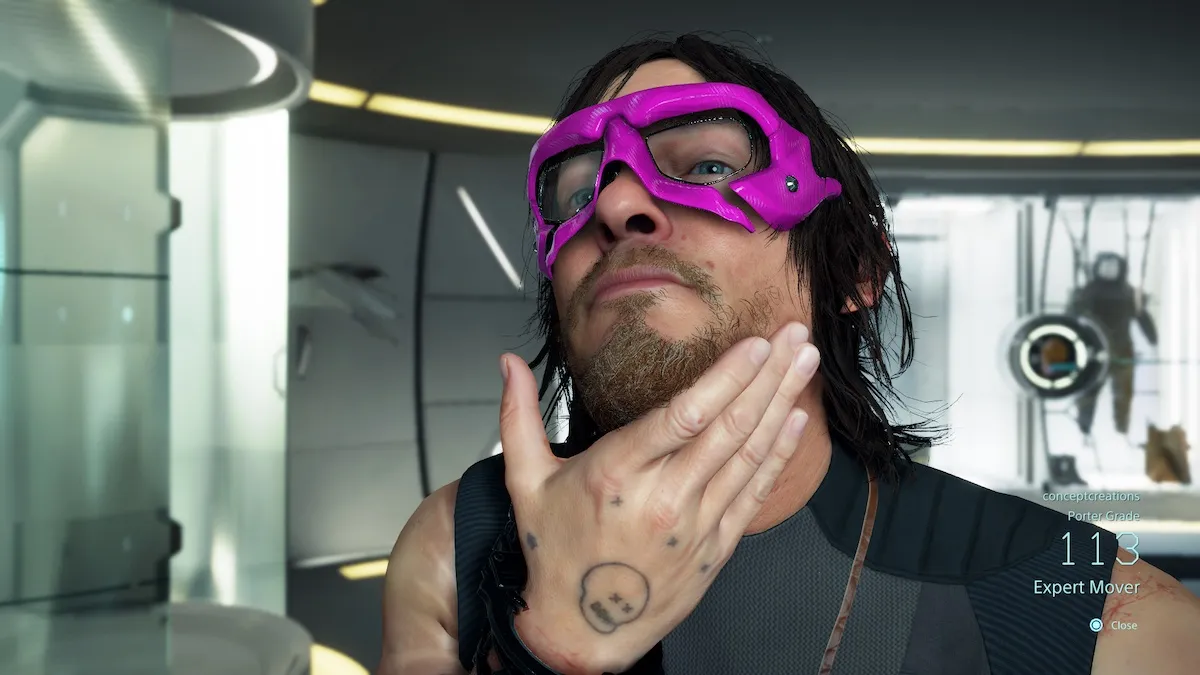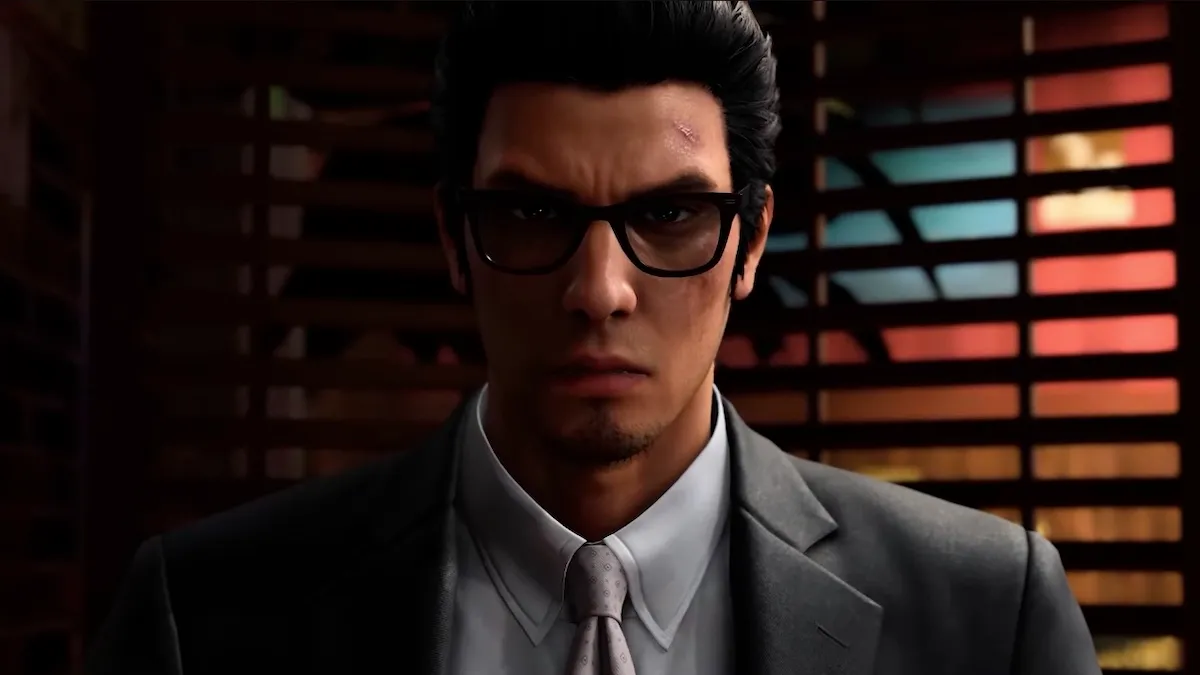I planned on having this post up last week. I figured that playing through ten hours or so of the new Pokémon game would be enough to give you some impressions of how the game turned out.
I was wrong on two counts. First, ten hours of playtime wouldn’t have been enough time for me to get a proper idea of just how different this Pokémon game is. It seems like the game unveils something totally new every half hour or less. I’m 35 hours in, and I’m still seeing new stuff all the time. Secondly, there is no way I could play this game for just ten hours. As of this second, I’m still having trouble putting it down. Considering I skipped Pokémon HeartGold / SoulSilver, I figured that my Poké-mania had lapsed to the point where I wouldn’t be so easily hooked on the latest Pokémon experience.
I would have been right, if it weren’t for the fact that game is so awesome. It’s like the best parts of every new Pokémon game, condensed into one little cartridge. Read on for my full impressions, but beware of some mild spoilers. My Japanese isn’t good enough to properly understand the story, but I will be revealing some vague points about the game’s narrative here and there, plus (ZOMG) pics of new Pokémon.
So without further ado: my Pokémons, let me show you them (until, that is, Nintendo tells me that I have to un-show you them).

Pokémon White (DS)
Developer: Game Freak
Publisher: Nintendo/The Pokémon Company
Released: September 18, 2010 (JP)
To be released: Spring 2011 (NA/EU)
The first thing you’ll notice about Pokémon White is that its opening movie is focused, serious, and very story-driven. It looks a bit like a water-colored storyboard for one of the many Pokémon movies that have come and gone over the years. Barely any Pokémon are shown. Instead, you see a green-haired young man being crowned king of… something, presumably of some mysterious organization. It’s actually a pretty evocative and borderline spooky little animated storyboard, more like the intro to a Castlevania game than anything I’ve seen in the Poké-verse before. After that, you get a gameplay montage with the traditional Pokémon intro music, with the words “Hope,” “Dream,” and “Discovery” scrolling across the screen.
It’s a very different introduction to what feels like a definitive change in direction for the Pokémon series. Thankfully, the game still hasn’t “grown up,” but it has definitely filled out.

Despite being on the same hardware as the last main entry in the Pokémon series, Pokémon Black/White is a definite technical step up from Diamond/Pearl/Platinum. If anything, the fact that Game Freak was stuck with “the old DS” seems to have just pushed them harder to try to impress us. Unlike with past Pokémon sequels, they couldn’t rely on the the power of new hardware to impress the crowds. Instead, they had to pour every ounce of imagination and craftmanship into the game as they could, and it shows. It’s hard to go back to Diamond/Pearl/Platinum now that I’ve been spoiled by Pokémon White.
I’m not going to even try to list all the ways that Game Freak polished up the Pokémon formula. That would lead to a laundry list of epic proportions. From basic menus to fonts to in-game shopping, everything about the game has been tweaked for the better. Instead of getting into all that, I’ll touch on the three areas that show the most drastic improvements: the environment, the story, and the battles.

The fully polygon-based backgrounds are stunning. There is so much going on with them; little animations and flourishes that don’t necessarily jump out at you, but work to make the whole experience feel much more cared about. The soundtrack is also much more dynamic, and will change on the fly for a variety of reasons. For example, the second or third town you enter has a rather sparse soundtrack, until you meet an in-game drummer and guitar player. Talk to them, and they’ll start to play their instruments along to the music. It sounds like a little thing, but enough of these little moments added together really makes the world you’re looking into through your DS screen feel like a real place.
More eye-opening are the new dynamic camera angles. Depending on where you’re going and what you’re doing, the camera will act accordingly to help express the moment. It may swing behind your back to emphasize that you are moving through a three-dimensional space, or pan out for a sweeping “crane shot” to emphasize the distance you have to cross, or zoom in for a dramatic close-up when a serious Poké-moment is about to go down. These camera moves don’t happen all the time, but that only makes it more dramatic and evocative when they do. There is one area where all you have to do is ride your bike across a bridge for about a minute (albeit a huge bridge, on the way to a city that greatly resembles Manhattan). There are no battles, little dialog, and no need to explore, yet because of the camera work, it’s one of the most memorable parts of the game that I’ve seen yet.

As the opening cinema hinted, the game is much more story-focused. You spend much more time talking to and battling against/alongside) your rivals, getting to know the game’s gym leaders, and thwarting the game’s token Pokémon “Team” — Team Plasma. That green-haired man from the opening is named N. He definitely has some association with Team Plasma (their king, perhaps?), and as such, he plays a major role in the plot. You see him around a lot, though at this point in the game, it’s not entirely clear if he is your enemy or not. At one point, he took me on a private Ferris wheel ride just to hang out. Maybe there was something more menacing about that then I could tell, but it seemed that he was working against the knowledge of Team Plasma, in order to tell me something super-serious. Due to my shabby Japanese, I’ll have to wait until the game gets localized next year to know for sure what that was all about.
The emphasis on spending time with recurring characters is all over this game, particularly with your rivals. You’ll see them at least once or twice in every town, where you’ll talk to them (in person or over video chat), battle them, or team up in double (or even triple) battles. You work with them so closely that “rivals” doesn’t actually seem accurate anymore. They feel more like party members who just happen to spend most of their time out of your party. As in the most recent Pokémon games, there are two rivals in Pokémon White/Black: a cute, upbeat blonde girl named Belle, and a serious, spectacled, dark-haired boy named Cheren.

Although my Japanese is too weak for me to be sure, Belle seems to symbolize the American way, where Cheren symbolizes Japan. In fact, that “East and West together” theme seems to carry on throughout the whole game. There is a lot of stuff here that seems to be an attempt to recreate America, but from a Japanese perspective. You’ll even meet a few NPCs that speak English. Ironically, it’s usually a Rastafarian-looking dude who is constantly dancing. They remind me a lot of Tom from Shenmue, but in a good way.
As for the triple battles I just mentioned, they’re awesome. They really force you to think differently about the game, as your three Pokémon can only attack opponents that are directly in front of them, or one space to the left or the right. That means the Pokémon on the farthest left can’t attack the enemy on the farthest right. That’s actually just the first way to take three Pokémon into battle at a time. There are also rotation battles, where you can switch between three Pokémon on the fly without any penalty losing your turn. In short, true “party-based combat” has finally come to the Pokémon series.

For me, that would have been enough of a gameplay evolution, but it’s actually just the start of the new ways to play the game. There’s more new stuff here than I could possibly list, but highlights include the wild double battles, the new types of moves (like the water/fire-type scalding splash), multiple new online features (including live, real-time trading with anonymous strangers), and strangest of all, the Inception-like Dream World.
I haven’t gotten to try it myself yet, as the site has been down for the past two weeks, but in theory, the Dream World lets you put one of your in-game Pokémon to sleep. From there, you can play in their subconscious on your real-life personal computer at the website www.pokemon-gl.com. While dreaming, you and your Pokémon can get new items to be used in the waking world, and best of all, interact with at least thirty Generation-1 Pokémon. After meeting them in the Dream World, you can plant the idea in their heads to show up in your DS game. After you wake up, they’ll be somewhere in your game of Pokémon White/Black.

That’s actually the only way that I know of to see those thirty Gen-1 Pokémon, or any old Pokémon, for that matter. I’ve heard that you see more “old” Pokémon in the wild once you beaten the last boss, but I won’t know for sure until I do that myself. I can say with certainty that every “regular” Pokémon I’ve encountered in the game so far has been brand-new. In a series first, you won’t even see the Pokémon mascot, Pikachu (better known as “Pokéman” to non-Pokémon-playing parents), unless you trade for him or do that Dream World stuff. I don’t miss him, though. The game’s two new Pikachu equivalents, a limited-time-online-event fire mouse named Vicitini, and a flying electric squirel named Emonga, are totally badass.
In fact, I don’t miss any of the old Pokémon. This new group is incredible, particularly because of their animations. I’ve been carrying around my DS since I got the game, showing my new Pokémon to the people of America, and they’ve all voiced their approval. You may not have been impressed with all the new Pokémon designs that you’ve seen thus far, but trust me, that will change once you see them in motion. The animations here use a combination of traditional frame-flipping animation and computer-aided squash-and-stretch animation, and the results are smooth and expressive. Of course, there are always a few duds. I’m not particularly taken with the red guy made of rock wearing a karate gi, but for the most part, this new group is as good or better than their Poké-predecessors. The designers at Game Freak put a lot of love into the these 156 new Pokémon and their character-specific animations, and it shows.

So that just scratches the surface of all the things that I love about this new Pokémon game. I’d say more, but I promised myself that I’d cut this monster off at 15 paragraphs. In short, Pokémon White is easily my favorite Pokémon game in the series, and I will not hesitate to buy the Black version when it comes out in the US next year. If you wanted Pokémon to get a total reboot, or go MMO or Grand Theft Auto on us, then you likely won’t be too impressed by this game. You probably won’t be happy until Pokémon isn’t Pokémon anymore, and therefore, this series propbably isn’t for you anyway. However, if you’re a past or present fan of Pokémon, but have been waiting for the series to take some risks, and stop relying the on the same style, presentation, gameplay, and most of all, Pokémon, that have been mainstays for the past fifteen years, then you might also declare Pokémon Black/White as your new series favorite. It’s easily the newest-feeling Pokémon game to see release since Red and Blue.




